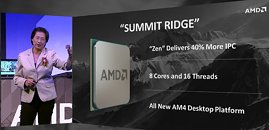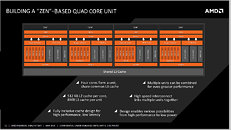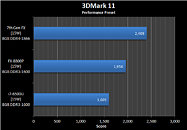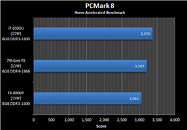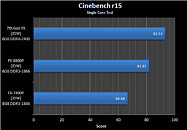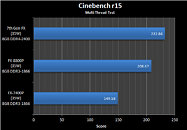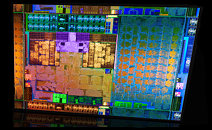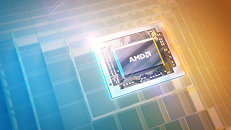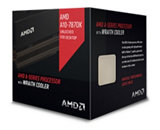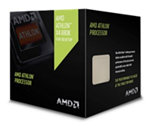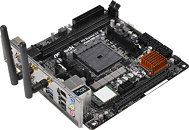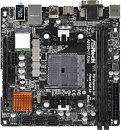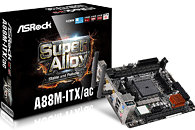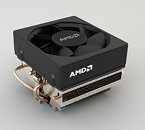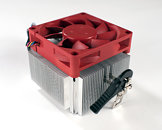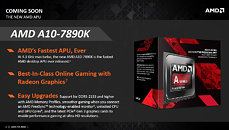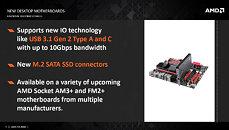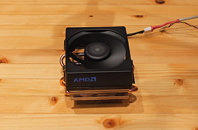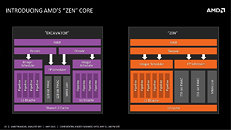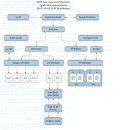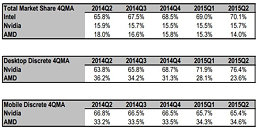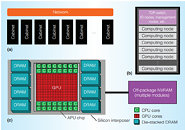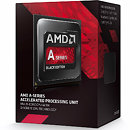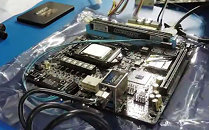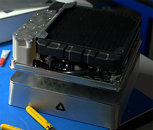
AMD Confirms Key "Summit Ridge" Specs
AMD CEO Lisa Su, speaking at the company's Computex reveal held up the most important CPU product for the company, the new eight-core "Summit Ridge" processor. A posterboy of the company's new "Zen" micro-architecture, "Summit Ridge" is an eight-core processor with SMT enabling 16 threads for the OS to deal with, a massive 40% IPC increase over the current "Excavator" architecture, and a new platform based around the AM4 socket.
The AM4 socket sees AMD completely relocate the core-logic (chipset) to the processor's die. Socket AM4 motherboards won't have any chipset on them. This also means that the processor has an integrated PCI-Express gen 3.0 root complex, besides the DDR4 integrated memory controller. With the chipset being completely integrated, connectivity such as USB and SATA will be routed out of the processor. The AM4 socket is shared with another kind of products, the "Bristol Ridge" APU, which features "Excavator" CPU cores and a 512-SP GCN 1.2 iGPU.
The AM4 socket sees AMD completely relocate the core-logic (chipset) to the processor's die. Socket AM4 motherboards won't have any chipset on them. This also means that the processor has an integrated PCI-Express gen 3.0 root complex, besides the DDR4 integrated memory controller. With the chipset being completely integrated, connectivity such as USB and SATA will be routed out of the processor. The AM4 socket is shared with another kind of products, the "Bristol Ridge" APU, which features "Excavator" CPU cores and a 512-SP GCN 1.2 iGPU.
